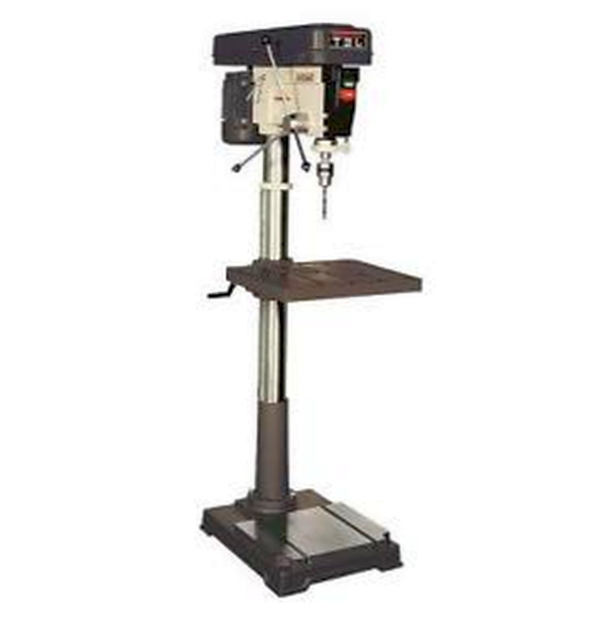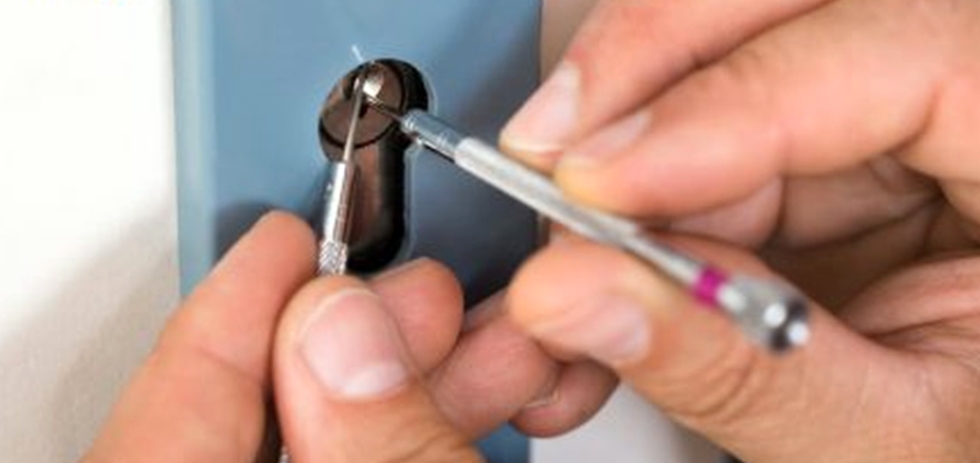A drilling machine comes in many shapes and sizes, from small hand-held power drills to bench mounted and finally floor-mounted models. They can perform operations other than drilling, such as countersinking, counterboring, reaming, and tapping large or small holes. Because the drilling machines can perform all of these operations, this chapter will also cover the types of drill bits, took, and shop formulas for setting up each operation.
Safety plays a critical part in any operation involving power equipment. This chapter will cover procedures for servicing, maintaining, and setting up the work, proper methods of selecting tools, and work holding devices to get the job done safely without causing damage to the equipment, yourself, or someone nearby.
A drilling machine, called a drill press http://blueandgreytoday.com/product-category/drill-presses/, is used to cut holes into or through metal, wood, or other materials (Figure 4-1). Drilling machines use a drilling tool that has cutting edges at its point. This cutting tool is held in the drill press by a chuck or Morse taper and is rotated and fed into the work at variable speeds. Drilling machines may be used to perform other operations. They can perform countersinking, boring, counterboring, spot facing, reaming, and tapping (Figure 4-2). Drill press operators must know how to set up the work, set speed and feed, and provide for coolant to get an acceptable finished product. The size or capacity of the drilling machine is usually determined by the largest piece of stock that can be center-drilled (Figure 4-3). For instance, a 15-inch drilling machine can center-drill a 30-inch-diameter piece of stock. Other ways to determine the size of the drill press are by the largest hole that can be drilled, the distance between the spindle and column, and the vertical distance between the worktable and spindle.





Комментарии закрыты.